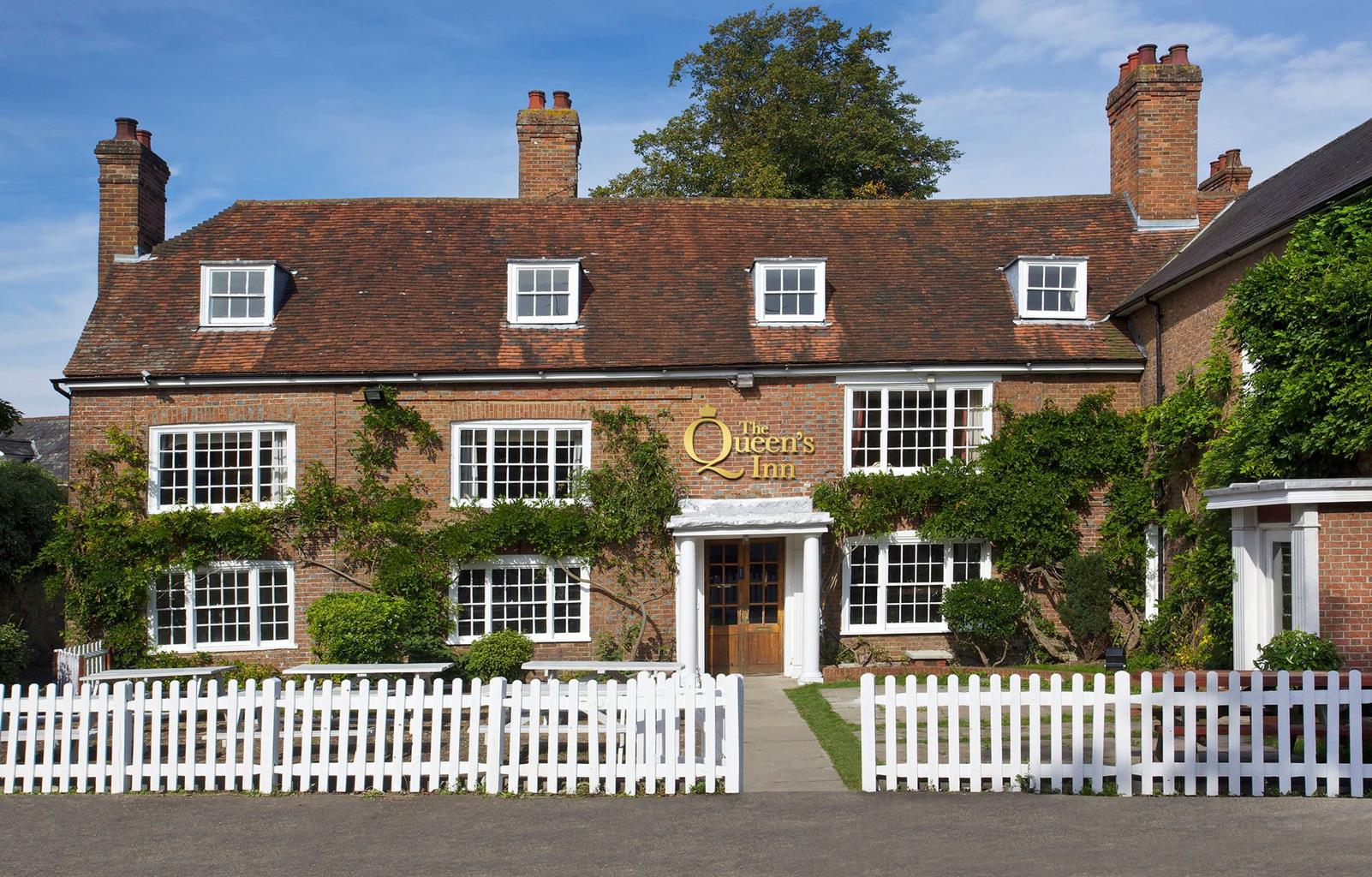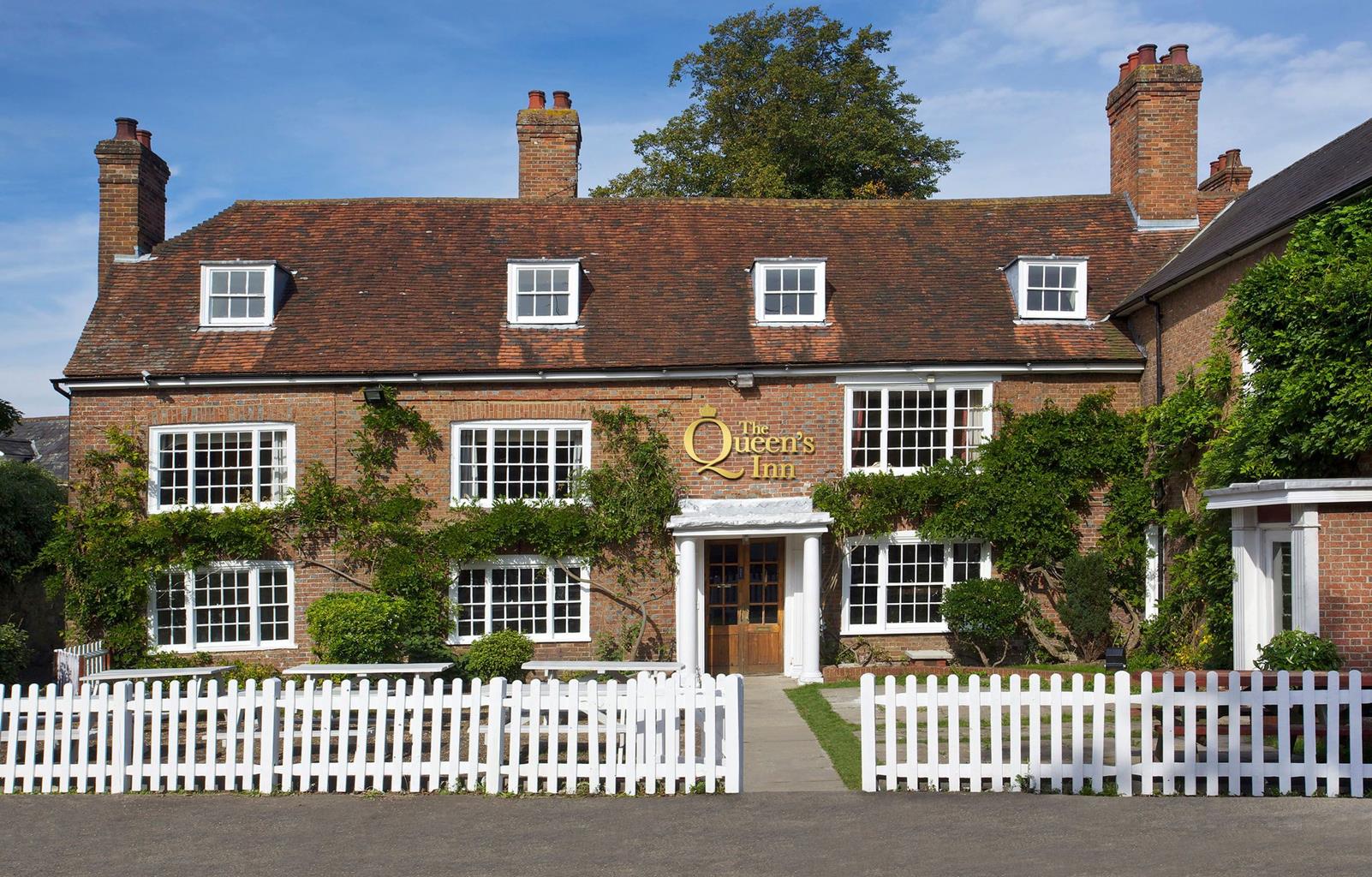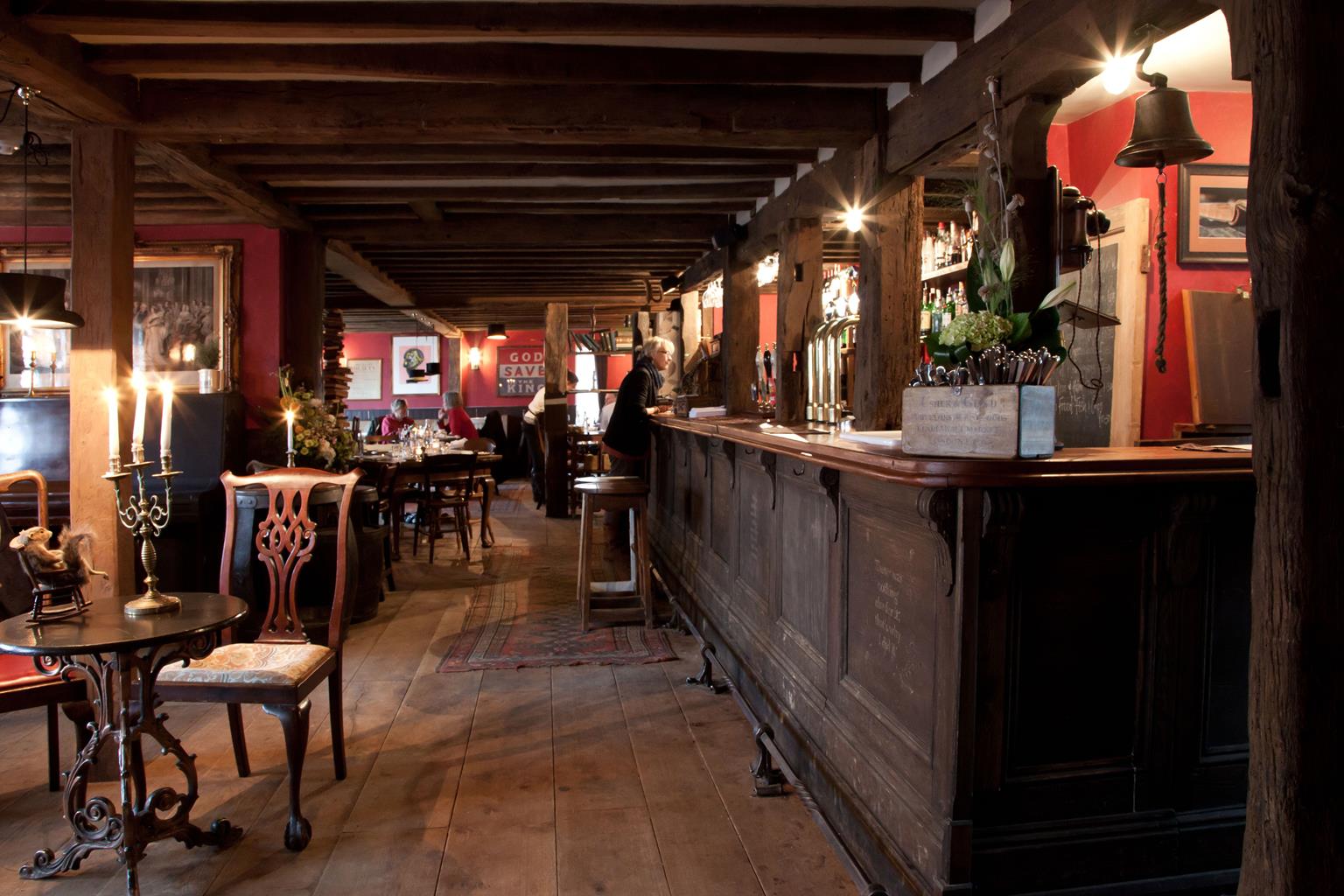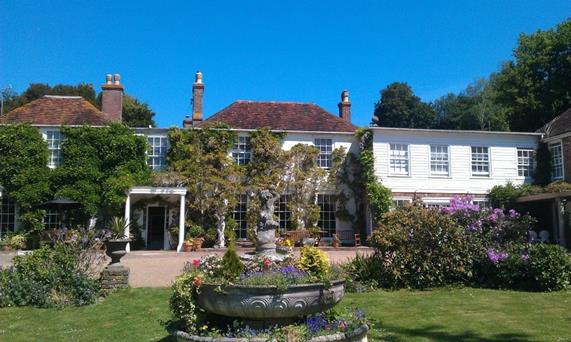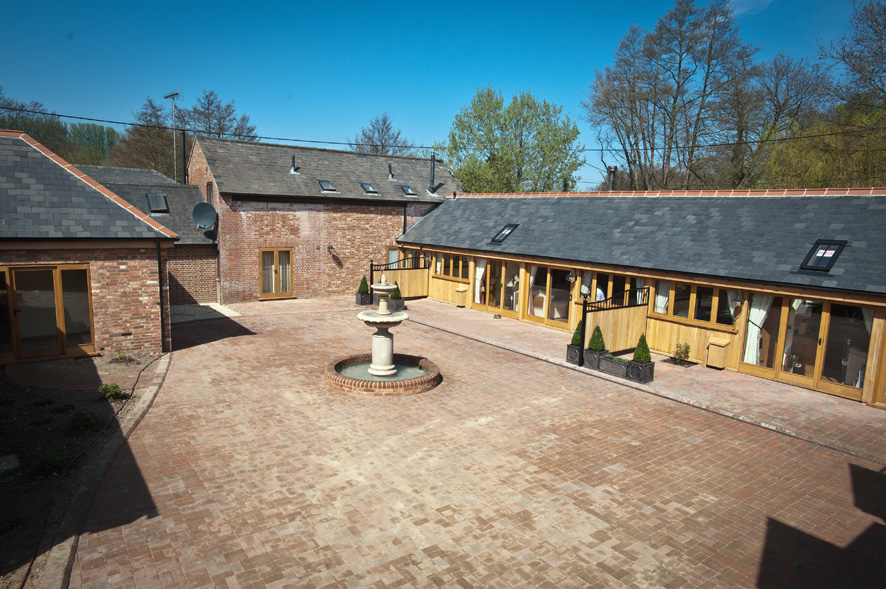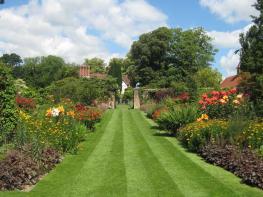Delightful hand-built shepherd’s huts stand in a stretch of woodland big enough to explore and…
Bodiam's perfect castle

Built in a time of devastating French raids on Sussex, Bodiam’s 14th-century towers exude military strength.
2.5 miles (4kms)
About the walk
'For the resistence of our enemies'
No medieval lord was allowed to build a castle or even put a single battlement on his manor house without obtaining a formal Licence to Crenellate from the king. In 1385 the ill-fated Richard II granted Bodiam manor’s owner, Sir Edward Dalyngrigge, such a licence. French and Spanish raids had recently devastated Rye and Winchelsea, to the southeast, and Sir Edward’s case was strengthened by his claim that Bodiam could defend the Rother valley as an outpost of Rye and to a lesser extent of Winchelsea from the ravages of the French. Indeed the river was then fully navigable for quite large vessels as far as Bodiam Bridge.
Sir Edward’s rise in royal favour continued, and he became Keeper of the Tower (of London). When he died in 1295 his castle was complete, set within elaborate water defences. The moat – a very large lake some 500ft (152m) by 350ft (107m), fed by water diverted from the Rother – is now a vital element in its modern picturesque appearance. The castle plan is a hollow rectangle, with drum towers at the corners, and further towers and gatehouses in the centre of each side.
In Tudor times the complex and heavily defended drawbridges and islands were replaced with a straight causeway. The original defences had no less than three drawbridges leading to the main entrance across the moat, and two defending the now vanished postern or rear entrance. There were ‘arrow slits’ designed for small cannon while inside comfort was attended to with more than 30 fireplaces, 28 lavatories or ‘privies’ (discharging directly into the moat), and generously sized windows to the domestic apartments.
The interior was gutted after a brief siege by Parliamentary forces in 1643, during the Civil War, leaving the outer walls more or less intact. The castle fell into serious disrepair and was finally taken in hand by Lord Curzon in 1919. The former Viceroy of India later passed it to the National Trust. It is open daily from mid-February until the end of October, and less often in winter.
Walk directions
Leave the car park and turn right, then left by the Castle Inn to walk left of the small village green along a lane marked ‘Private Road’ with views south across sports pitches towards Bodiam station on the Kent and East Sussex Railway, if lucky with a steam-hauled train simmering gently. Continue past The Old Cricket Pavilion, now a cottage, and ignore a right turn immediately after. At the next track T-junction you turn right uphill, the lane climbing to pass well to the right of some converted oasthouses.
At the crest and opposite a large modern farm building go right, then to a hand gate between two pairs of five-barred field gates. Descend between houses, through a gate by a power post, then turn right alongside a hedge, down and up to a stile towards the steeple of the Old School House. Over the stile go right alongside a hedge.
Emerge onto a road, turn right along it, then immediately left (signposted 'Sandhurst'), past the Old School House, formerly a Victorian schoolmaster’s house with the modern school behind it. Walk along the pavement and at the sign for St Giles' Church follow the path and go through the lychgate into the churchyard.
Retrace your steps to the road. Cross over to take Levetts Lane, then very soon go right on a path through the woods, emerging just left of the right-hand house. Cross to the footpath between Nos 35 and 34. Over a stile descend into the valley through pasture. Through a field gate, cross to another to the right of a signpost. Go through this one and head right to another field gate onto a lane, continue ahead.
At the road junction, turn right and immediately half left into a field to climb to a gate and stile by an oak tree in line with a distant oast house. After the stile, go left and over another one, shortly bearing right to climb another stile. Cross a track to the left of the converted oast house and topiary and follow the hedge on the right, with the battlements of Bodiam Castle appearing ahead in its valley. The path descends beside a vineyard to a stile.
Across the stile you are in the grounds of Bodiam Castle. Follow the path to visit the castle, afterwards skirt it to the right to return to the car park.
Additional information
A stretch of road, lanes and field paths, several stiles
River valley and gentle hills
On a lead northwest of Bodiam church if there are sheep
OS Explorer 136 High Weald
National Trust car park at Bodiam Castle (£3 or free for NT members)
Bodiam Castle car park
WALKING IN SAFETY
Read our tips to look after yourself and the environment when following this walk.
Find out more
Also in the area
About the area
Discover
Nearby stays
Restaurants and Pubs
Nearby experiences
Recommended things to do
Why choose Rated Trips?
Your trusted guide to rated places across the UK
The best coverage
Discover more than 15,000 professionally rated places to stay, eat and visit from across the UK and Ireland.
Quality assured
Choose a place to stay safe in the knowledge that it has been expertly assessed by trained assessors.
Plan your next trip
Search by location or the type of place you're visiting to find your next ideal holiday experience.
Travel inspiration
Read our articles, city guides and recommended things to do for inspiration. We're here to help you explore the UK.

